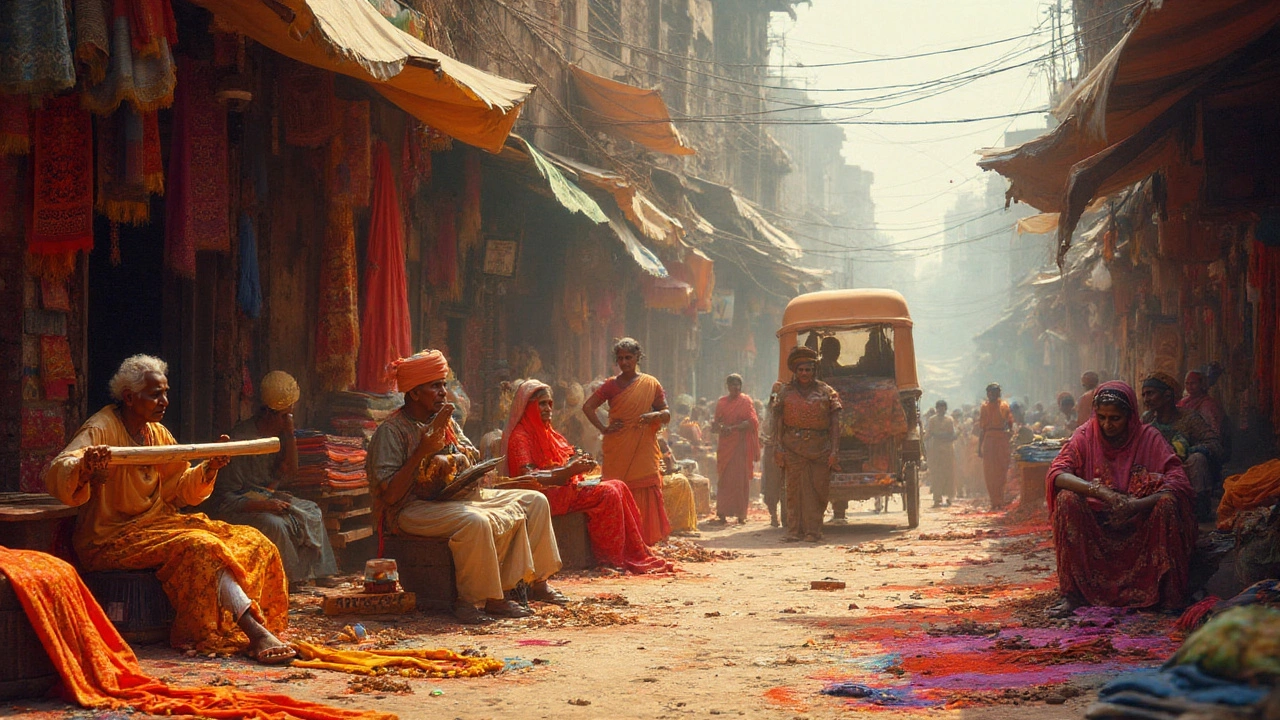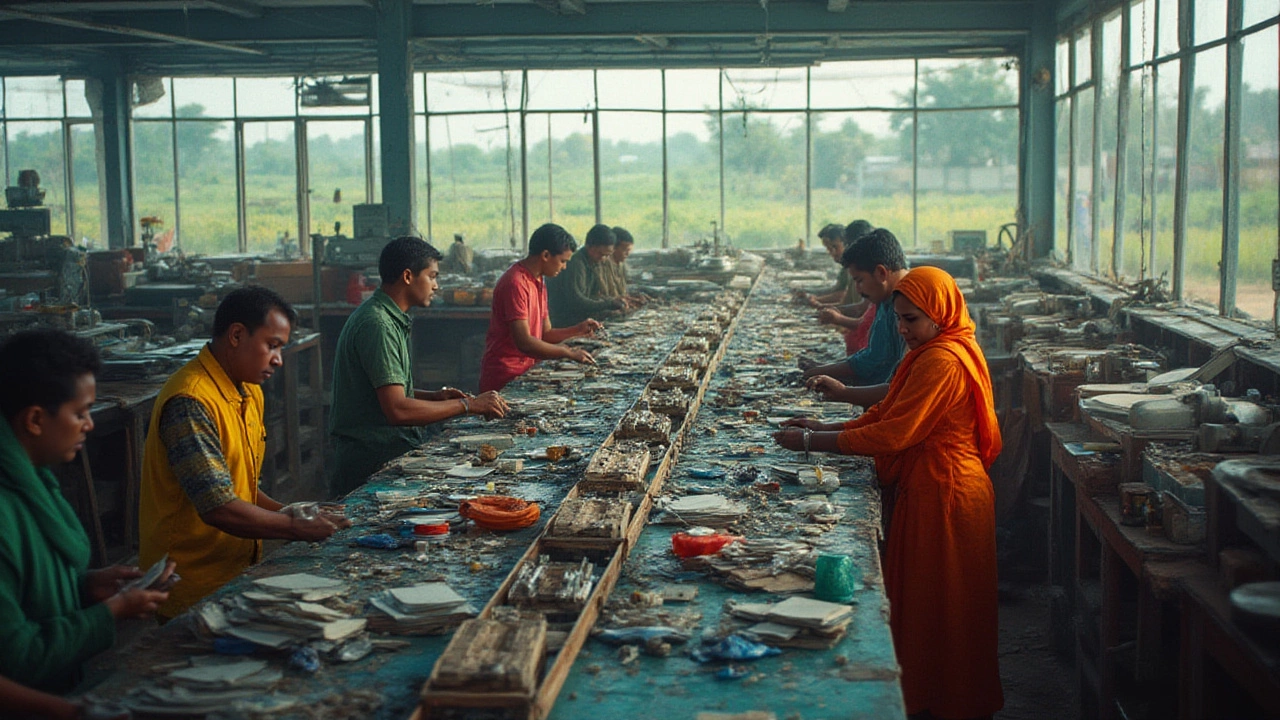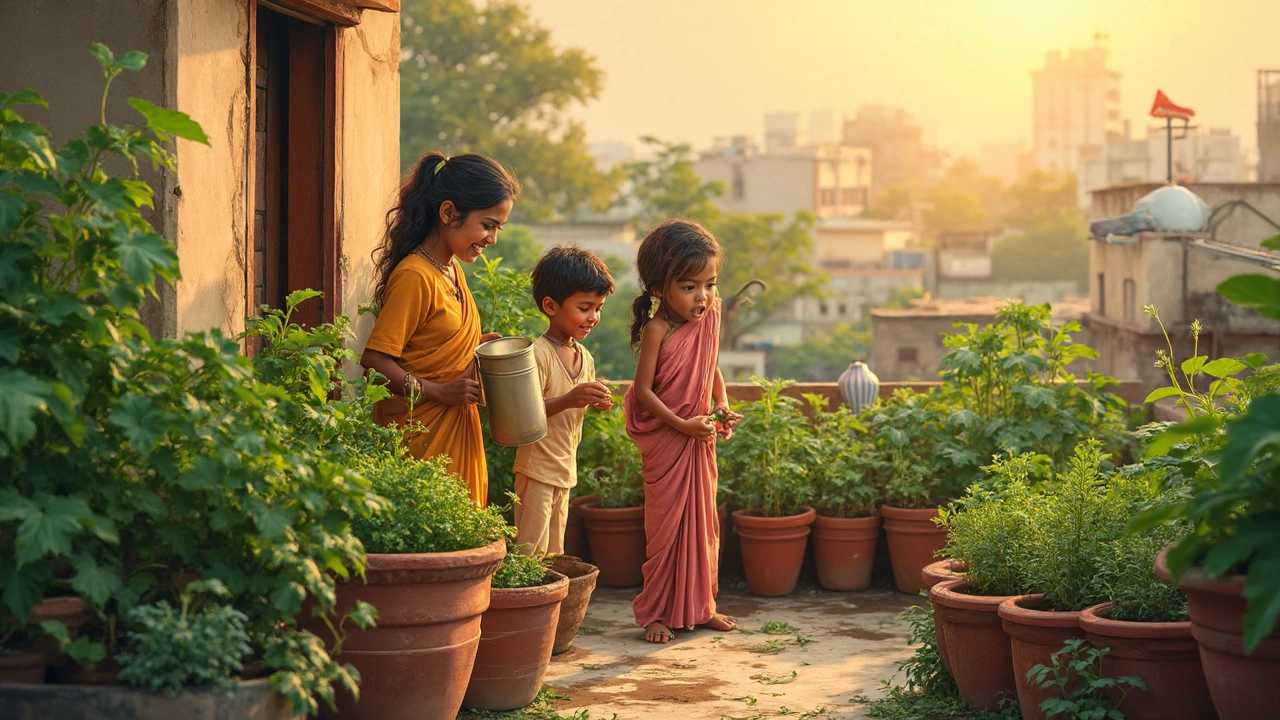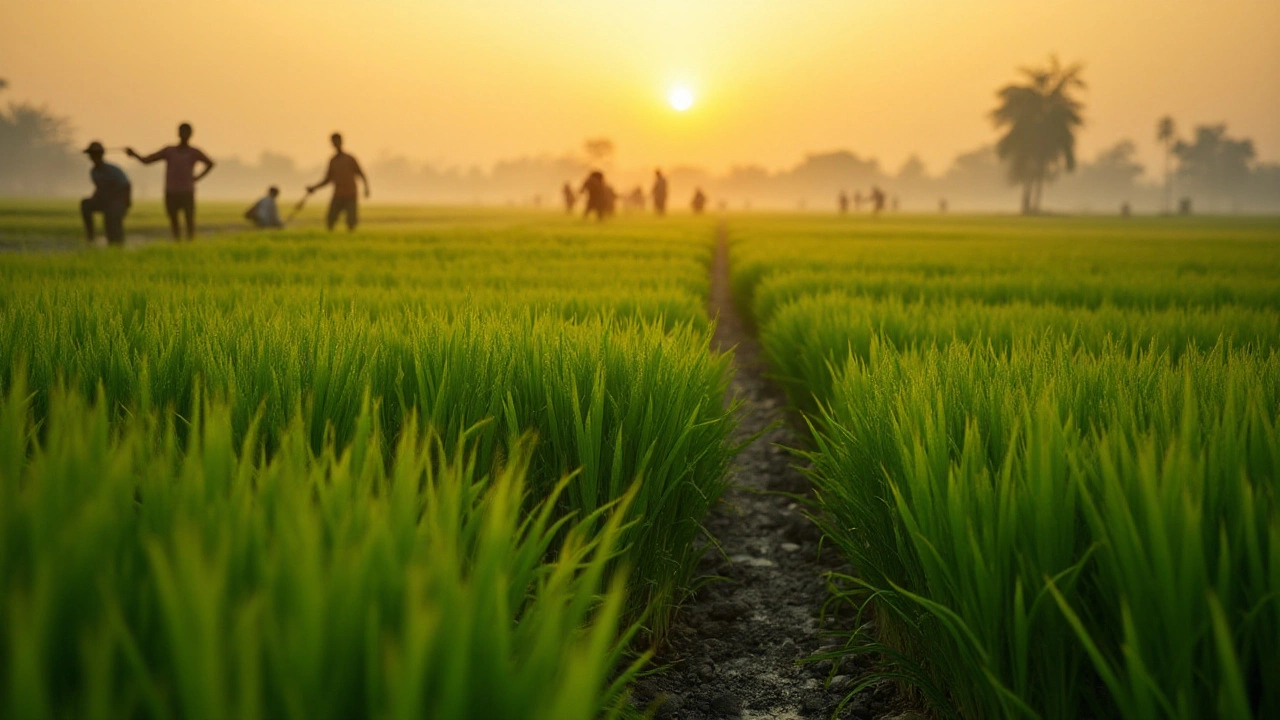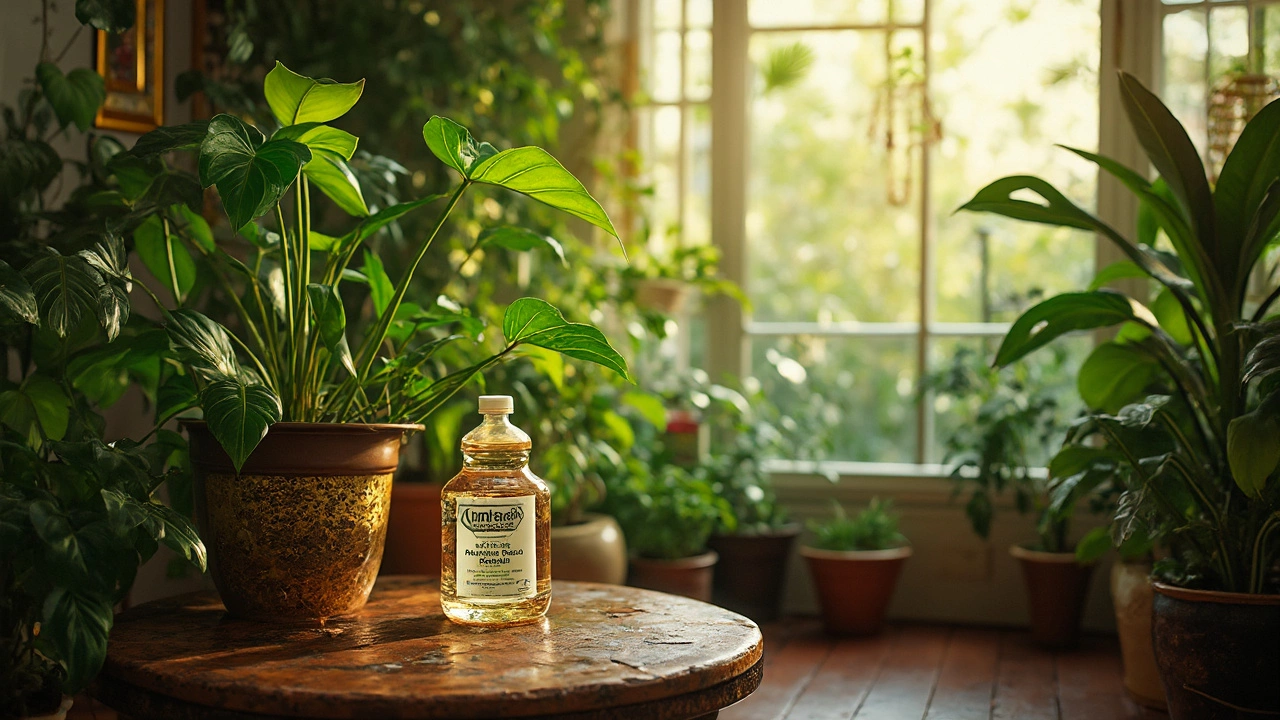Indian fabrics
When talking about Indian fabrics, the diverse range of textiles produced across India, from everyday cotton to luxurious silk, often reflecting regional culture and climate. Also known as traditional Indian textiles, they shape fashion, heritage, and even the country’s push toward greener production. In everyday life you’ll see them on a school uniform, a wedding saree, or a modern street‑wear tee. Indian fabrics aren’t just cloth; they’re a story stitched into every fiber.
The story starts with cotton, a breathable natural fiber grown in Gujarat, Maharashtra and Punjab that powers most everyday wear. Next comes silk, a glossy protein fiber harvested from mulberry silkworms, famous in Varanasi’s Banarasi saris and Mysore’s silk shawls. Both cotton and silk encompass the core of Indian fabric production, yet they need very different handling. To turn these fibers into cloth, artisans rely on traditional weaving, handloom techniques passed down through generations, such as ikat, patola, and khadi. These handloom methods require skilled weavers, specific loom setups, and a deep knowledge of dye chemistry. At the same time, the rise of sustainable fabrics, eco‑friendly textiles like organic cotton, hemp, and recycled polyester that cut water use and chemical waste is reshaping the market. Sustainable fabrics influence Indian fabrics by encouraging growers to reduce pesticide use and prompting designers to choose low‑impact finishes. Together, these four entities create a vibrant ecosystem where heritage meets innovation, consumers get more choices, and the environment benefits.
What you’ll explore
Below you’ll find articles that dig into the practical side of Indian fabrics. Some pieces explain how to test soil moisture for a container garden grown on a balcony – a reminder that even urban growers can support the cotton supply chain. Others compare the pay scales of high‑paying factory jobs, showing how the textile sector fuels economic growth. There’s a deep dive into the history of rice cultivation, because rice paddies often share land with cotton fields in many states. You’ll also see guides on no‑till gardening, drip irrigation, and rehydrating soil – all techniques that help farmers produce cleaner cotton and silk. By reading through the collection, you’ll get a clear picture of where Indian fabrics come from, how they’re made, and why they matter for both your wardrobe and the planet.
Ready to see the full range of insights? Scroll down to discover expert tips, case studies, and real‑world data that bring Indian fabrics to life – from the farm to the fashion runway.
Indian States Famous for Fabric: A Deep Dive into Textile Heritage
Discover the Indian states most iconic for fabric, explore their textile heritage, unique materials, and practical tips to experience India's vibrant fabric industry.
- manufacturing
- India
- food processing
- garden tips
- rice cultivation
- government schemes
- balcony garden
- urban gardening
- balcony gardening
- profitable business
- business ideas
- plastic manufacturing
- drip irrigation
- plant care
- steel manufacturing
- sustainable gardening
- startup ideas
- steel industry
- flower gardening
- textile manufacturers

